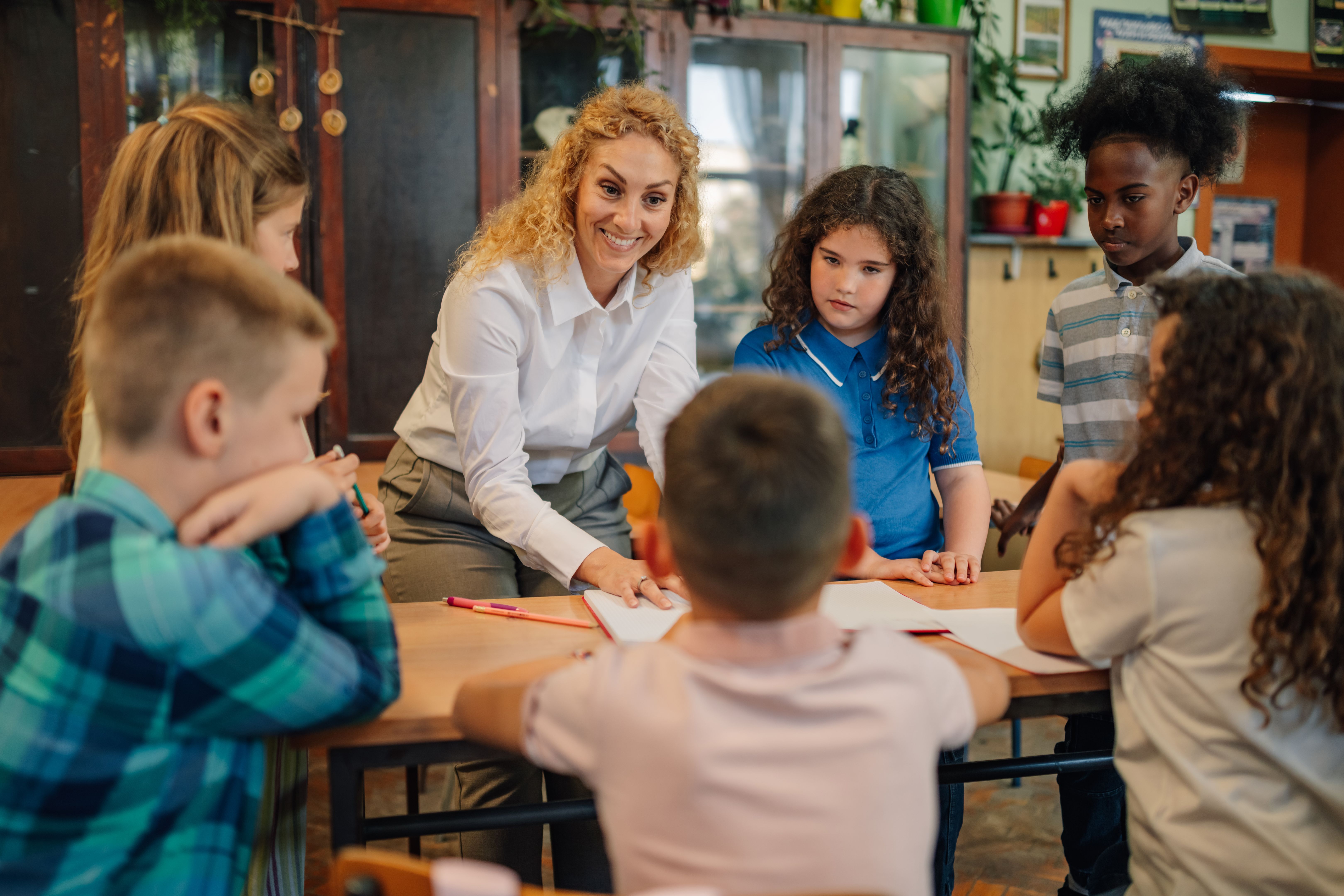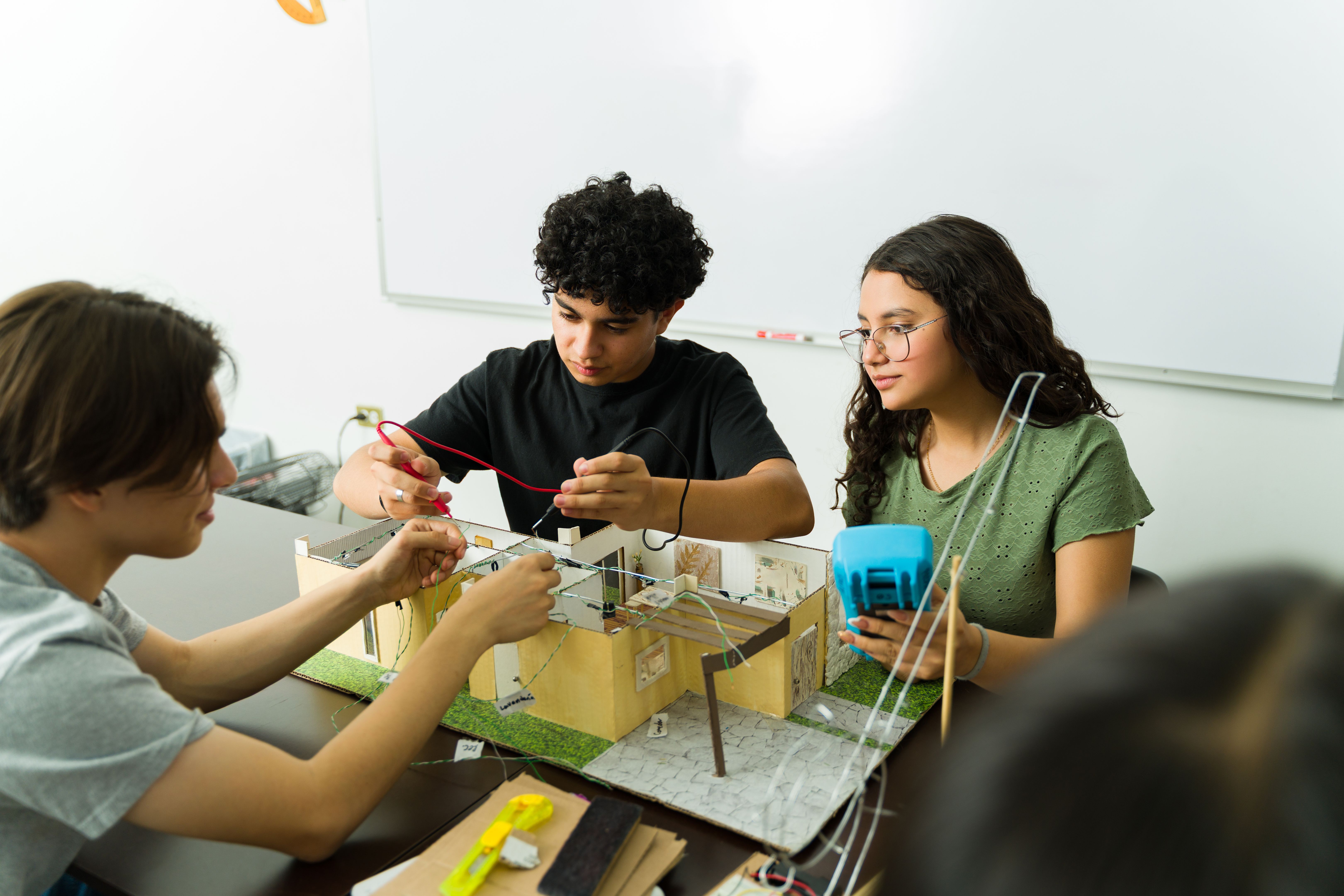Exploring Diverse Learning Strategies for Effective Education
JT
Introduction to Diverse Learning Strategies
In the ever-evolving landscape of education, embracing diverse learning strategies is crucial for fostering effective and inclusive educational experiences. By understanding and implementing varied approaches, educators can cater to different learning styles and needs, enhancing student engagement and success. This post explores several key strategies that can transform classroom dynamics and promote better learning outcomes.

Understanding Different Learning Styles
One of the fundamental aspects of effective education is recognising that students have unique learning styles. The most commonly recognised styles include:
- Visual
- Auditory
- Kinesthetic learning.
Visual learners absorb and retain information best when it is presented in a visually engaging format. They benefit greatly from tools such as diagrams, charts, maps, and written instructions, which help them see relationships and patterns more clearly. Visual aids allow these learners to organise complex information, making it easier to understand and recall later. For instance, using colour-coded notes or flowcharts can help visual learners connect ideas and reinforce memory through imagery rather than through auditory or hands-on methods.
Auditory learners excel when information is delivered through spoken words and sound. They learn best by listening to lectures, discussions, podcasts, or verbal explanations, as they process information most effectively through hearing. Engaging in group discussions, reading aloud, or using mnemonic devices can further enhance their understanding and retention. For these learners, tone, rhythm, and repetition play an important role in reinforcing key concepts and improving recall.
Kinesthetic learners on the other hand, thrive when they can actively engage with the material through movement and physical interaction. They learn best by doing, experimenting, and participating in hands-on activities that allow them to experience concepts directly. Practical exercises, role-playing, and laboratory experiments help these learners connect theory with real-world application. For them, learning becomes more meaningful when they can move, touch, and manipulate objects as part of the process.
Combining visual, auditory, and kinesthetic approaches ensures that every learner has the opportunity to engage with the material in a way that suits their strengths. This inclusive approach not only enhances understanding and retention but also promotes a more dynamic and supportive learning environment for all students.
Incorporating Technology in Learning
Technology has become an indispensable tool in modern education, offering a range of resources that support diverse learning strategies. From interactive apps to virtual reality experiences, technology can provide personalized learning experiences that cater to individual needs. For instance, educational software can adapt to a student’s pace, offering additional challenges or support as needed. This adaptability helps bridge gaps in understanding and keeps students engaged.

Collaborative Learning Environments
Collaborative learning is another effective strategy that encourages students to work together, sharing ideas and solving problems collectively. This approach not only enhances critical thinking and communication skills but also allows students to learn from each other's perspectives. Group projects, peer reviews, and discussion forums are some of the methods that can be employed to foster a collaborative learning environment.
Project-Based Learning
An increasingly popular approach in education is project-based learning (PBL), where students gain knowledge by working for an extended period on a project that responds to a complex question or challenge. PBL encourages active exploration and application of knowledge, helping students develop practical skills and a deeper understanding of the subject matter. This method also allows students to take ownership of their learning process, increasing motivation and engagement.

Flipped Classroom Model
The flipped classroom model is a transformative educational strategy where traditional learning environments are inverted. Instead of introducing new concepts in class, students learn at home through videos or reading materials, then apply that knowledge during in-class activities. This model promotes active participation and allows educators to offer more personalized support during class time.
Emphasizing Emotional and Social Learning
Effective education goes beyond academic learning; it also involves emotional and social development. Strategies that incorporate emotional and social learning help students build empathy, self-awareness, and interpersonal skills. Activities such as role-playing, journaling, and group discussions can support this aspect of education, preparing students not only for academic success but also for life beyond the classroom.
Conclusion
By exploring and adopting diverse learning strategies, educators can create more dynamic and effective educational environments. These strategies not only cater to different learning styles but also foster collaboration, critical thinking, and emotional growth. As the educational landscape continues to evolve, embracing these varied approaches will be key to preparing students for a successful future.
